Home>Gardening & Outdoor>Outdoor Entertaining>How To Burn Wood In A Fire Pit
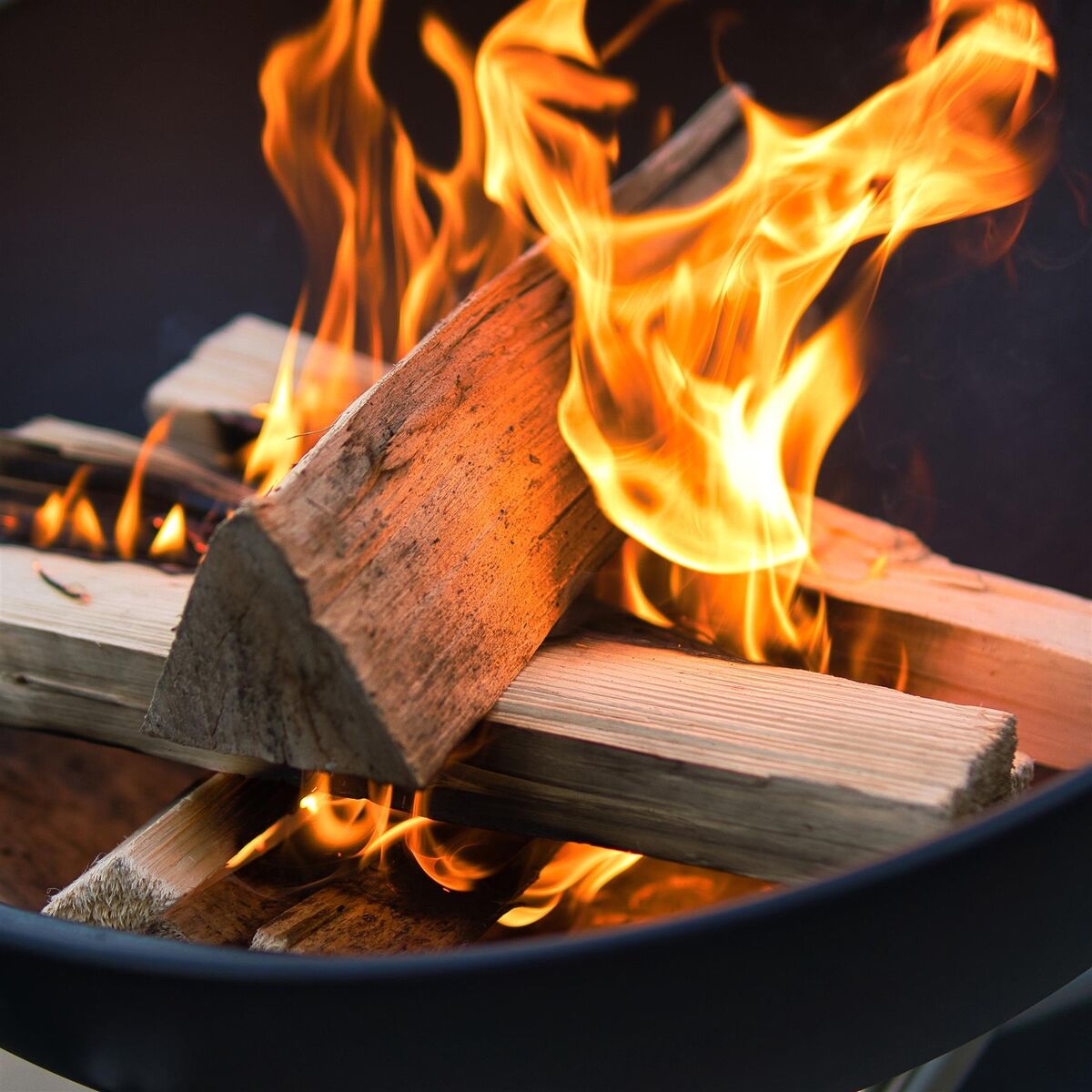

Outdoor Entertaining
How To Burn Wood In A Fire Pit
Modified: April 23, 2024
Learn how to safely burn wood in your fire pit for outdoor entertaining. Follow our tips for a cozy and enjoyable backyard gathering.
(Many of the links in this article redirect to a specific reviewed product. Your purchase of these products through affiliate links helps to generate commission for Storables.com, at no extra cost. Learn more)
Introduction
So, you've got a fire pit and you're ready to enjoy the warm, crackling ambiance of a wood-burning fire. Whether it's for roasting marshmallows, cozying up with loved ones, or simply basking in the mesmerizing glow, a fire pit can be the centerpiece of outdoor entertaining. However, before you strike that match, there are a few things to consider to ensure a safe and enjoyable experience.
In this guide, we'll walk through the essential steps for burning wood in a fire pit, from selecting the right type of wood to lighting and maintaining the fire. By the end, you'll have the knowledge and confidence to transform your outdoor space into a welcoming haven of warmth and relaxation. Let's dive in and uncover the secrets to mastering the art of wood-burning in your fire pit.
Key Takeaways:
- Choose the right wood for your fire pit to create a captivating and enjoyable fire. Consider hardwoods for sustained fires and aromatic woods for delightful fragrances.
- Prioritize safety by clearing the surroundings, supervising children and pets, and avoiding accelerants. Enjoy the fire responsibly and extinguish it completely when finished.
Read more: How To Build A Fire Pit For Burning Leaves
Choosing the Right Wood
When it comes to burning wood in a fire pit, not all wood is created equal. The type of wood you choose can significantly impact the quality of your fire, the amount of heat produced, and even the aroma that fills the air. Here are some key considerations for selecting the perfect wood for your fire pit:
- Hardwood vs. Softwood: Hardwoods like oak, maple, and hickory are dense and burn hotter and longer, making them ideal for sustained fires. Softwoods such as pine and cedar ignite quickly and release a pleasant aroma, but they burn faster and may produce more sparks.
- Dryness: Opt for well-seasoned wood with low moisture content. Green or freshly cut wood can be difficult to ignite and may create excessive smoke. Look for wood that has been properly dried and stored to ensure a clean and efficient burn.
- Size and Shape: Choose wood pieces that fit comfortably within your fire pit. Logs that are too large may obstruct airflow, while small twigs and branches can ignite rapidly and help establish the initial flames.
- Aroma: Consider the scent that different types of wood emit when burned. Woods like apple, cherry, and mesquite can infuse the air with delightful fragrances, enhancing the overall sensory experience of your outdoor gathering.
By carefully selecting the right wood for your fire pit, you can set the stage for a captivating and enjoyable fire that meets your specific preferences and needs. With the wood chosen, it’s time to prepare the fire pit for a successful burn.
Preparing the Fire Pit
Before you ignite the flames, it’s crucial to properly prepare your fire pit to ensure a safe and efficient burning process. Here’s a step-by-step guide to getting your fire pit ready for a mesmerizing wood-burning experience:
- Clean the Fire Pit: Remove any debris, ash, or leftover wood from previous fires. This not only creates a clean burning environment but also reduces the risk of stray embers igniting unintended materials.
- Arrange the Wood: Place a layer of kindling, such as small dry twigs or newspaper, at the bottom of the fire pit. Then, stack larger wood pieces in a crisscross pattern on top of the kindling to facilitate airflow and encourage the fire to catch and spread.
- Create Air Gaps: Ensure there is enough space between the wood pieces to allow oxygen to circulate. Sufficient airflow is essential for achieving a robust and sustained fire.
- Consider Fire Starters: If you prefer, you can use commercially available fire starters or homemade alternatives like wax-coated pinecones to kick-start the burning process. These can be especially useful when dealing with slightly damp wood or in windy conditions.
By following these preparatory steps, you’ll establish the foundation for a successful wood-burning fire. With the fire pit primed and ready, it’s time to bring the flames to life.
Lighting the Fire
As you stand before the prepared fire pit, the anticipation of igniting the wood and witnessing the flickering flames is palpable. To ensure a smooth and efficient lighting process, consider the following steps:
- Choose the Right Time: Opt for a time when the wind is minimal to prevent the flames from being erratic or difficult to control. Additionally, check the weather forecast to avoid unexpected rain or gusty conditions that could interfere with the fire.
- Use a Match or Lighter: Ignite the kindling at the base of the wood stack using a long match or a reliable lighter. Exercise caution and avoid leaning over the fire pit when lighting the fire to prevent accidental burns.
- Encourage Airflow: As the kindling catches fire, gently blow on the flames to provide extra oxygen and aid the initial stages of combustion. This helps the fire spread from the kindling to the larger wood pieces.
- Monitor the Flames: Once the fire has taken hold, observe its behavior and make adjustments as needed. If the flames appear weak, carefully add more kindling to bolster the fire’s intensity.
With the fire successfully ignited, revel in the mesmerizing dance of the flames and the comforting warmth they exude. However, the work doesn’t end here. To sustain the fire and keep it burning steadily, proper maintenance is crucial.
Make sure to use dry, seasoned wood for your fire pit. Wet or green wood can create excess smoke and be difficult to burn. Also, arrange the wood in a crisscross pattern to allow for proper airflow.
Maintaining the Fire
Keeping a wood-burning fire pit alight requires attentive maintenance to ensure a consistent and enjoyable blaze. Here are some essential tips for tending to the fire and prolonging its radiant presence:
- Add Wood Gradually: As the fire burns, gradually add more wood to sustain the flames. Avoid overcrowding the fire pit with excessive wood, as this can impede airflow and lead to inefficient burning.
- Shift and Rearrange: Periodically shift the wood pieces using a poker or tongs to promote even burning and prevent the formation of large, unburned areas. This helps maintain a balanced and visually appealing fire.
- Monitor Airflow: Pay attention to the direction and intensity of the wind, as it can impact the fire’s behavior. Adjust the positioning of the fire pit or use a windscreen if necessary to shield the flames from disruptive gusts.
- Manage Ash Buildup: Clear away excess ash as needed to prevent it from smothering the fire. A thin layer of ash can actually insulate and help retain heat, but too much can hinder the fire’s vitality.
- Enjoy Responsibly: While reveling in the warmth and allure of the fire, remember to practice fire safety and be mindful of any nearby flammable materials or overhanging branches. Additionally, never leave the fire unattended, especially when children or pets are present.
By implementing these maintenance practices, you can savor the captivating allure of a well-tended wood-burning fire pit while ensuring a safe and controlled outdoor environment. However, amid the enjoyment, safety should always remain a top priority.
Read more: How To Light Wood In A Fire Pit
Safety Precautions
When indulging in the warmth and charm of a wood-burning fire pit, it’s vital to prioritize safety to safeguard both your well-being and the surrounding environment. Here are essential safety precautions to observe throughout the entire fire-burning experience:
- Clear the Surroundings: Ensure the area around the fire pit is clear of any flammable materials, including dry leaves, overhanging branches, and outdoor furniture. Maintain a safe distance between the fire and any potential hazards.
- Keep a Fire Extinguisher Handy: Have a fire extinguisher, bucket of sand, or garden hose nearby as a precautionary measure in case the fire needs to be swiftly extinguished. Familiarize yourself with the operation of the fire extinguisher beforehand.
- Supervise Children and Pets: Children and pets should be closely supervised when in the vicinity of the fire pit. Establish clear boundaries and educate them about the potential dangers of playing near an open flame.
- Avoid Accelerants: Refrain from using accelerants such as gasoline or lighter fluid to ignite or intensify the fire. These substances can lead to uncontrollable flare-ups and pose a significant safety risk.
- Practice Caution with Clothing: Be mindful of loose-fitting clothing that could accidentally come into contact with the flames. Long sleeves and flowing garments should be handled carefully to prevent them from catching fire.
- Extinguish the Fire Completely: Once you’ve finished enjoying the fire, extinguish it thoroughly by dousing the embers with water and stirring the ashes to ensure there are no remaining hot spots. Only leave the area once you are certain the fire is fully extinguished.
By adhering to these safety precautions, you can relish the enchanting allure of a wood-burning fire pit while fostering a secure and responsible outdoor atmosphere. As the flames subside and the embers cool, it’s time to reflect on the enduring appeal of this timeless outdoor tradition.
Conclusion
As the final embers glow and the evening draws to a close, the experience of burning wood in a fire pit leaves a lasting impression of warmth, camaraderie, and natural beauty. From the careful selection of wood to the mesmerizing dance of the flames, each step in the process contributes to a captivating and enriching outdoor entertainment experience.
By choosing the right wood and preparing the fire pit with diligence, you set the stage for a vibrant and sustained blaze. Lighting the fire becomes a moment of anticipation and delight, as the flames take hold and cast their radiant glow. Through attentive maintenance and responsible enjoyment, the fire pit becomes a focal point of relaxation and connection, fostering cherished memories and a sense of tranquility.
However, amidst the allure and enchantment, safety remains paramount. By observing essential precautions and prioritizing responsible fire management, you ensure that the captivating ambiance of the fire pit is complemented by a secure and controlled environment.
As you embark on your wood-burning fire pit journey, may each crackle and flicker of the flames kindle a sense of wonder and appreciation for the simple yet profound pleasure of outdoor warmth and companionship. Whether it’s a quiet evening under the stars or a lively gathering with loved ones, the timeless tradition of burning wood in a fire pit continues to evoke a sense of comfort, joy, and enduring connection with nature.
So, as you bid farewell to the fading embers and the tranquility of the night, carry with you the enduring allure of the wood-burning fire pit—a cherished symbol of shared moments, cherished conversations, and the timeless embrace of the great outdoors.
Frequently Asked Questions about How To Burn Wood In A Fire Pit
Was this page helpful?
At Storables.com, we guarantee accurate and reliable information. Our content, validated by Expert Board Contributors, is crafted following stringent Editorial Policies. We're committed to providing you with well-researched, expert-backed insights for all your informational needs.
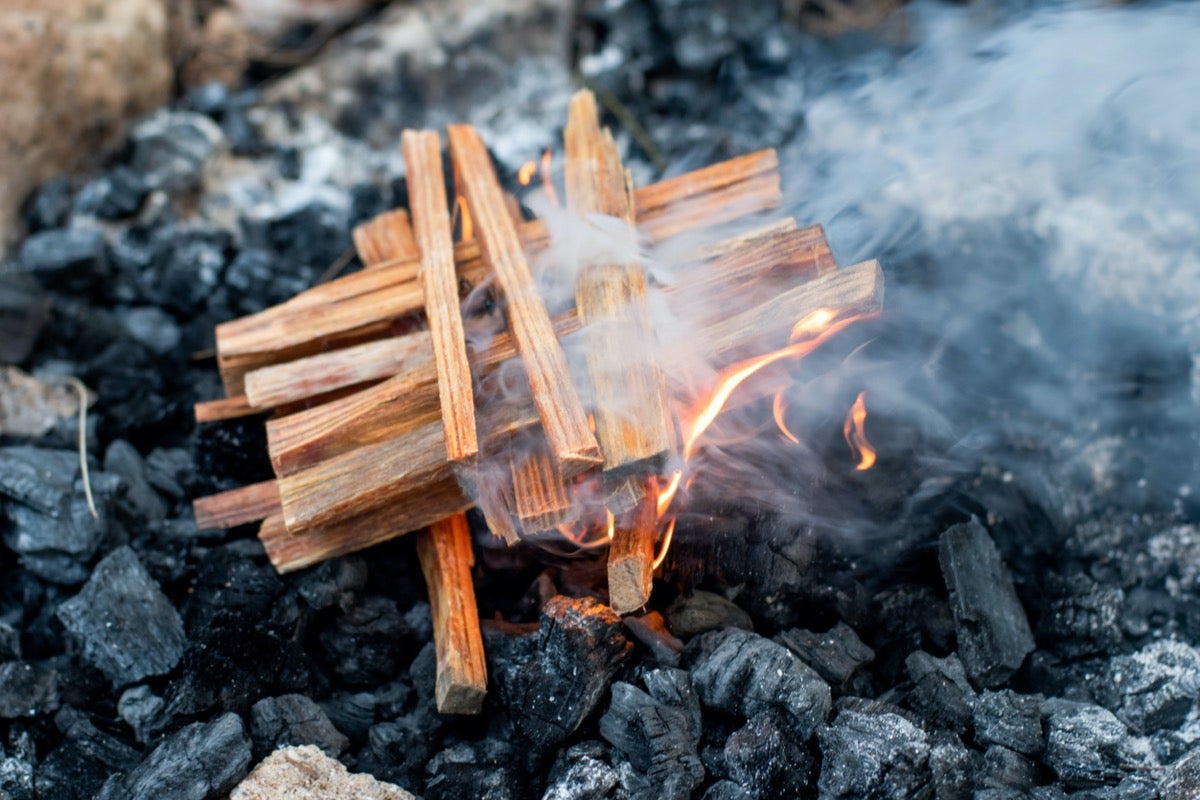
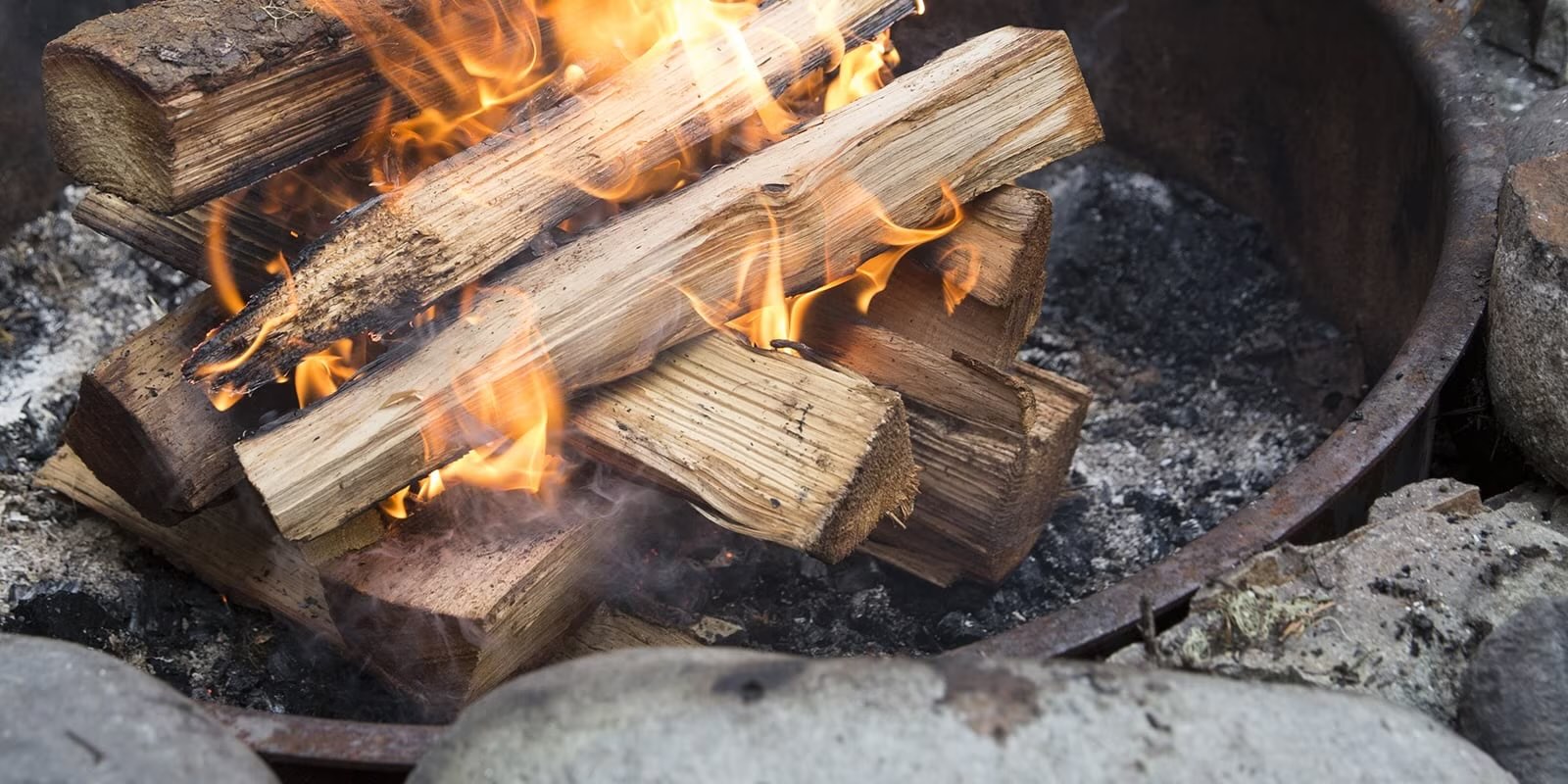
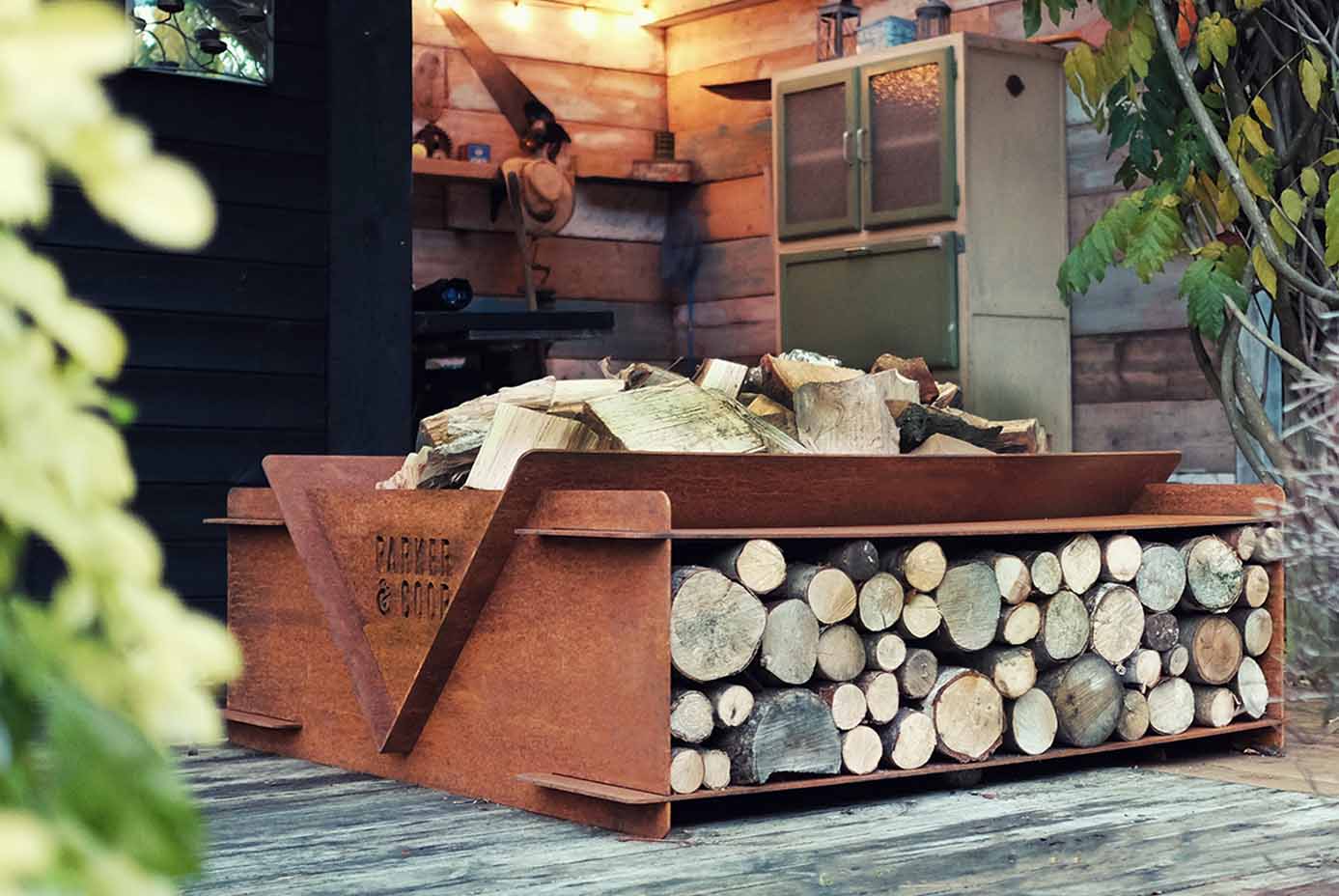
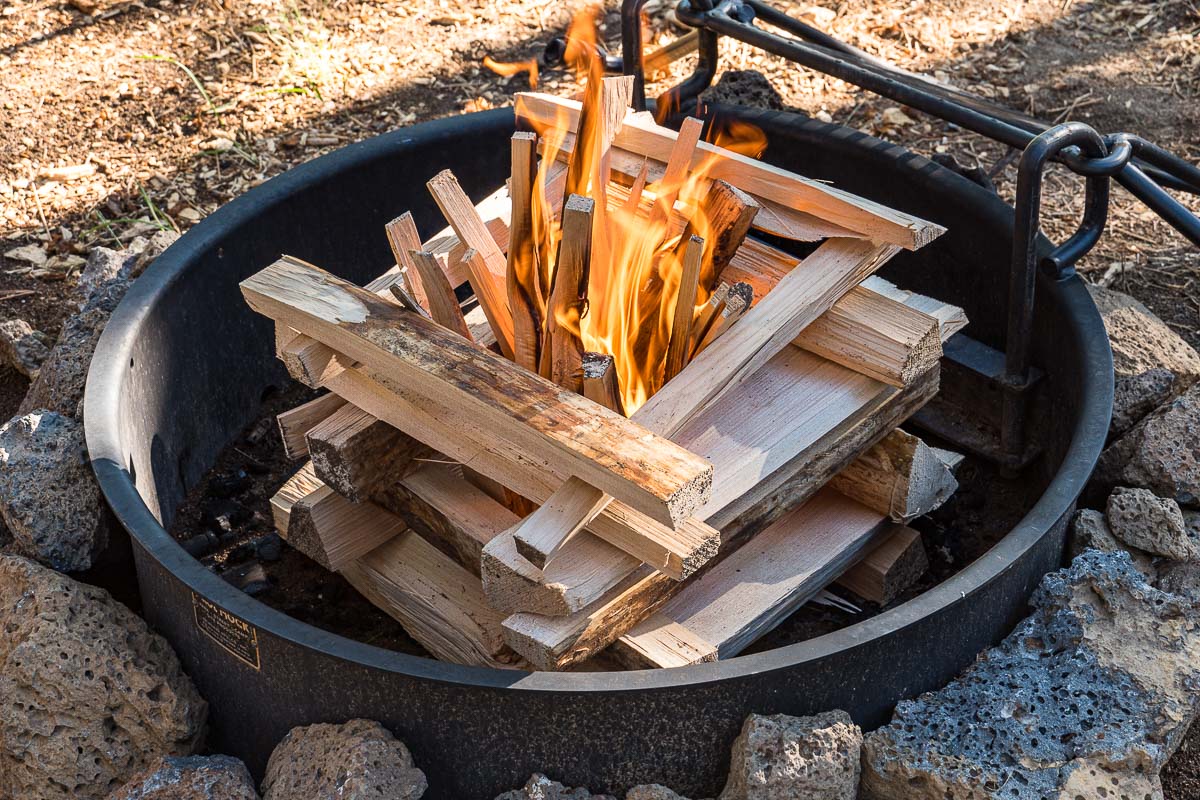
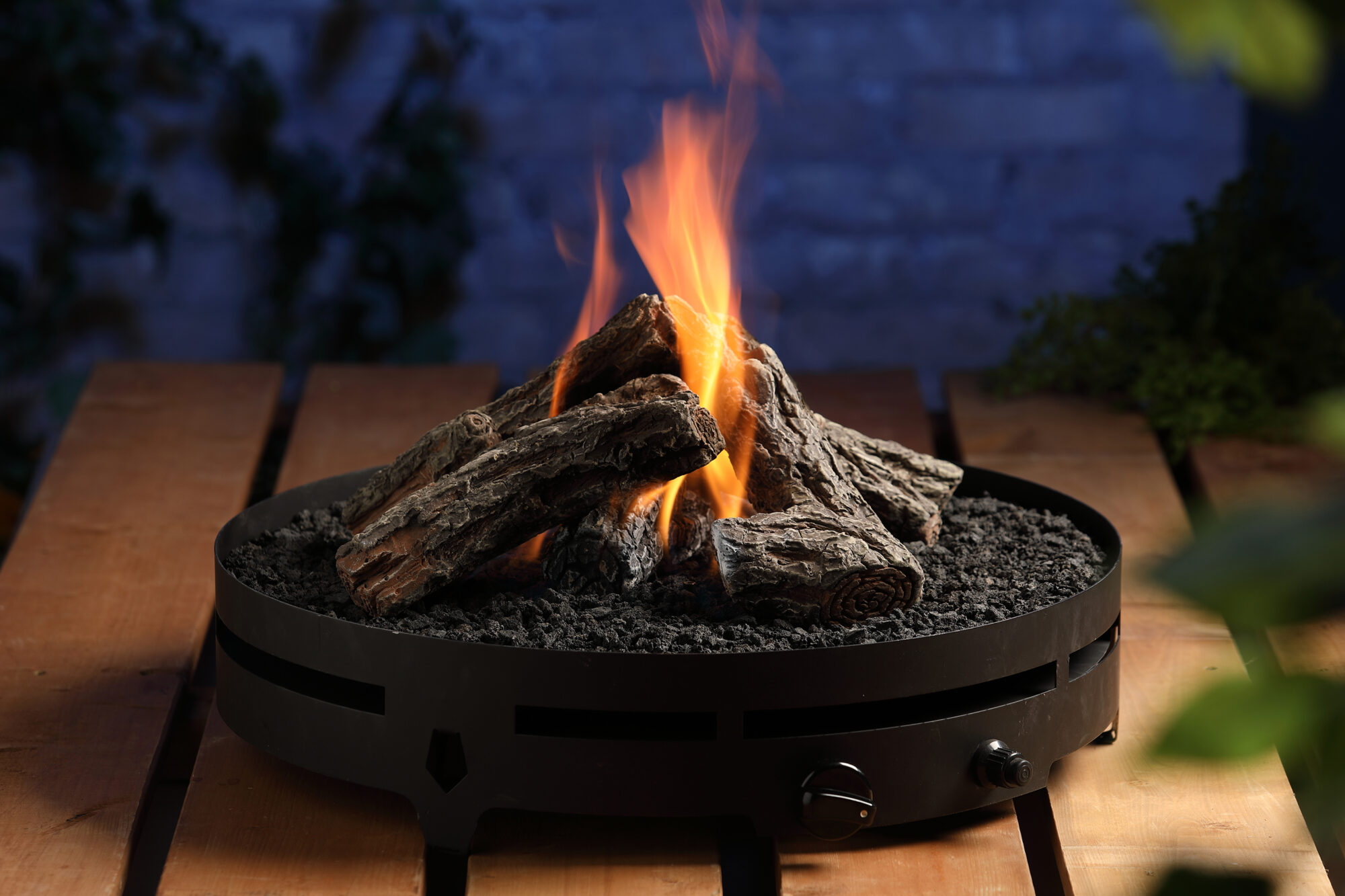
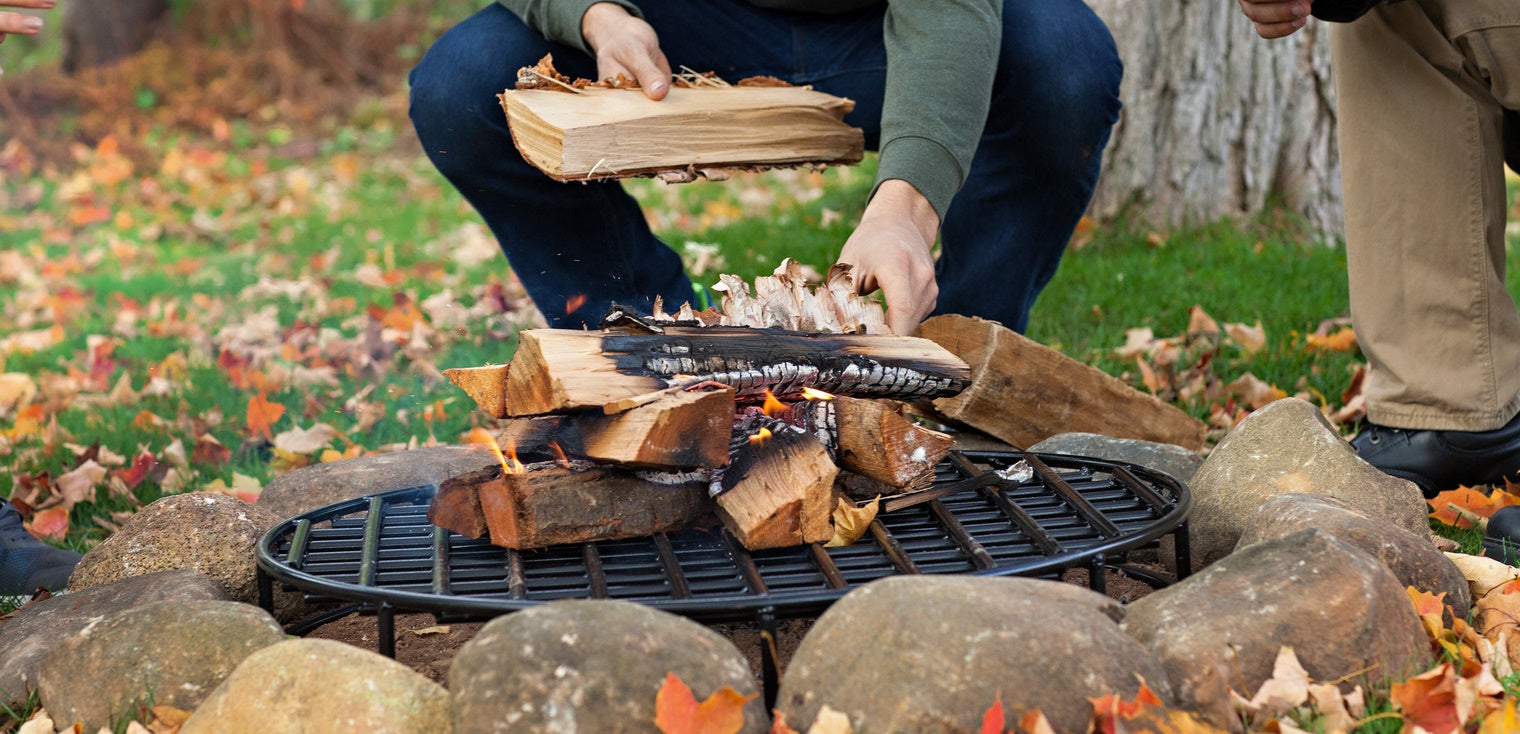
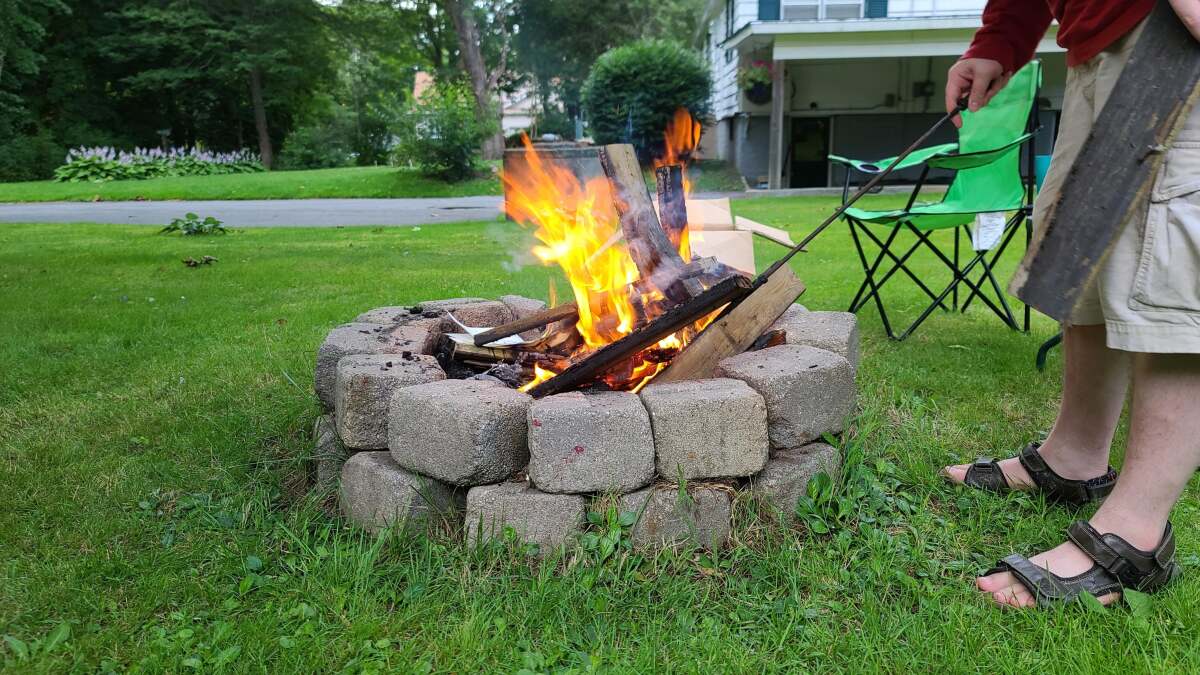
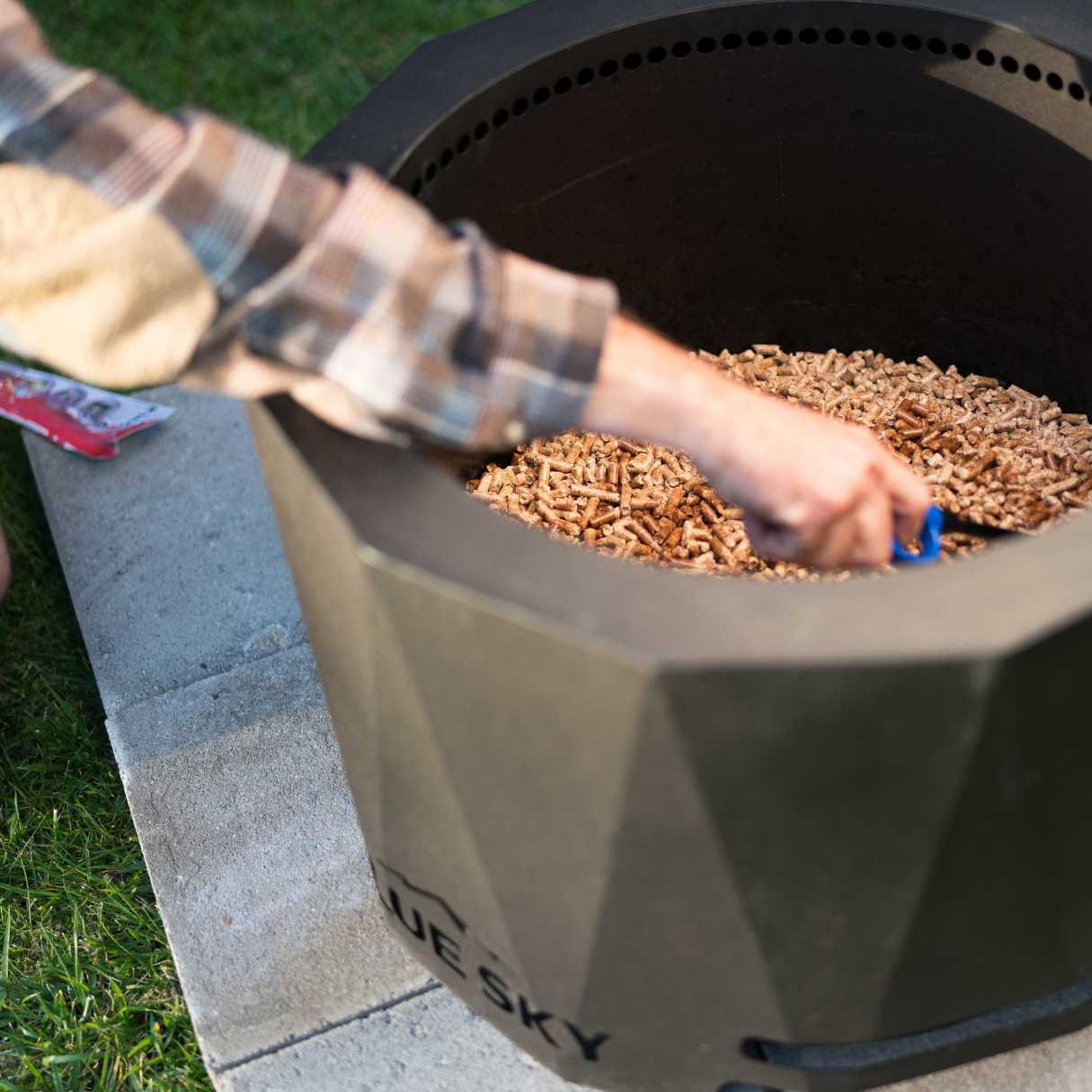
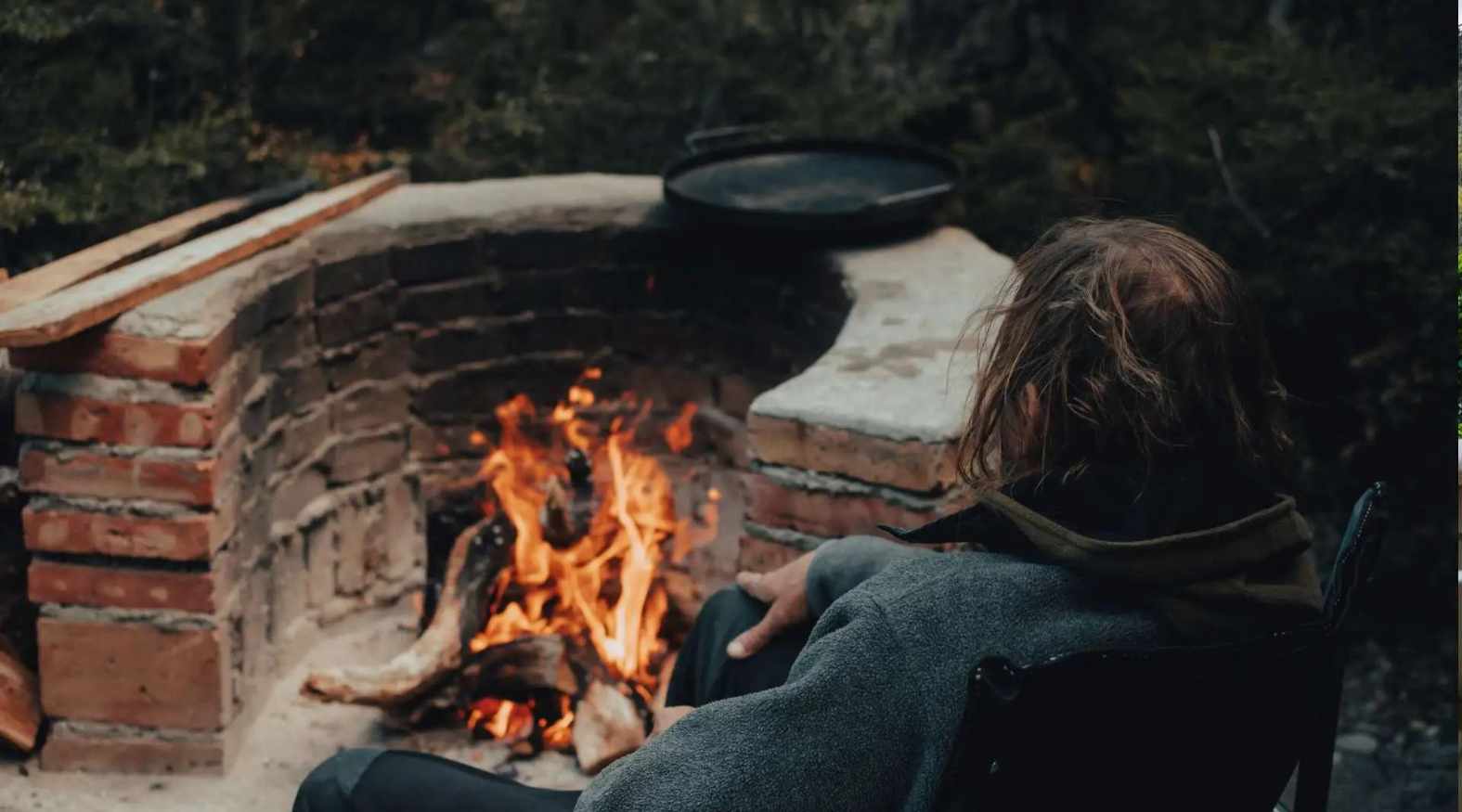
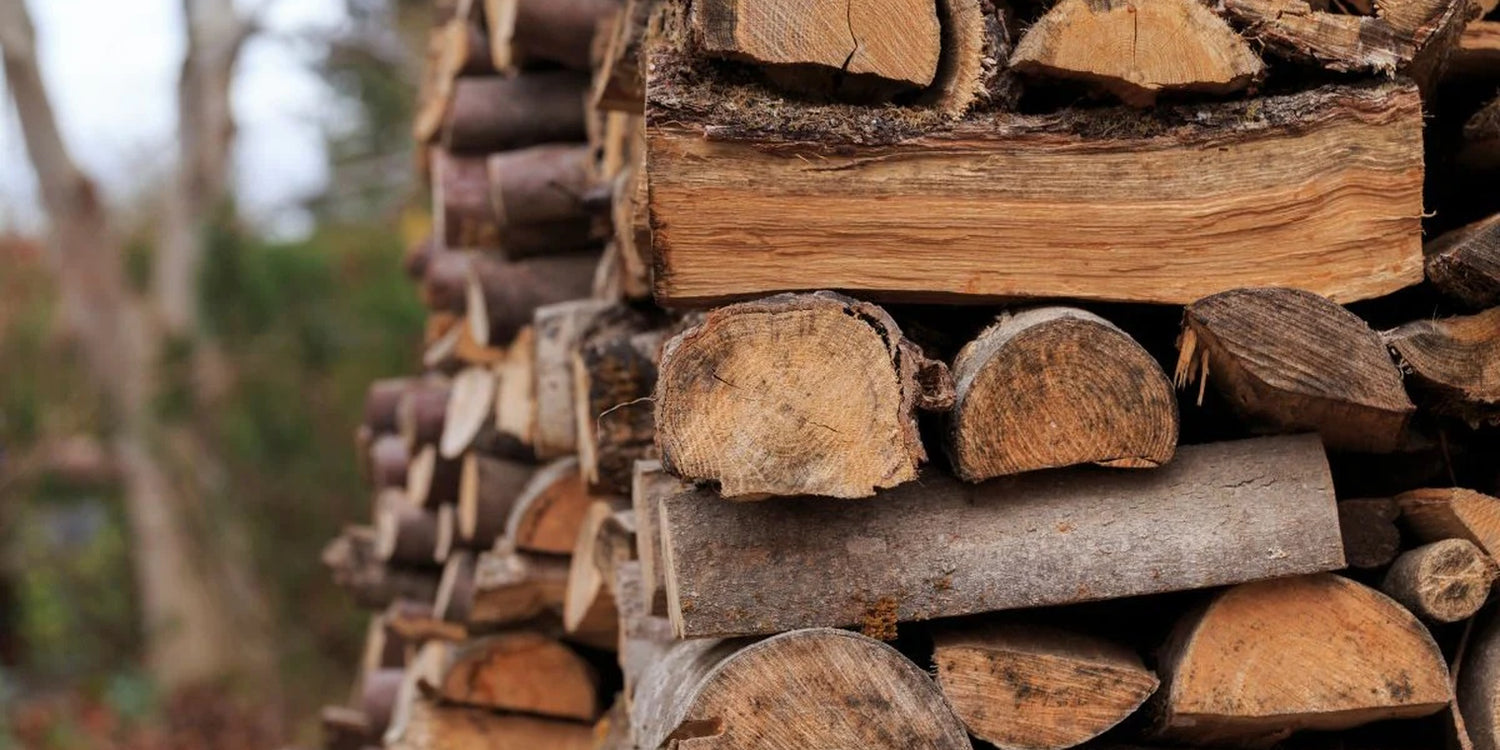
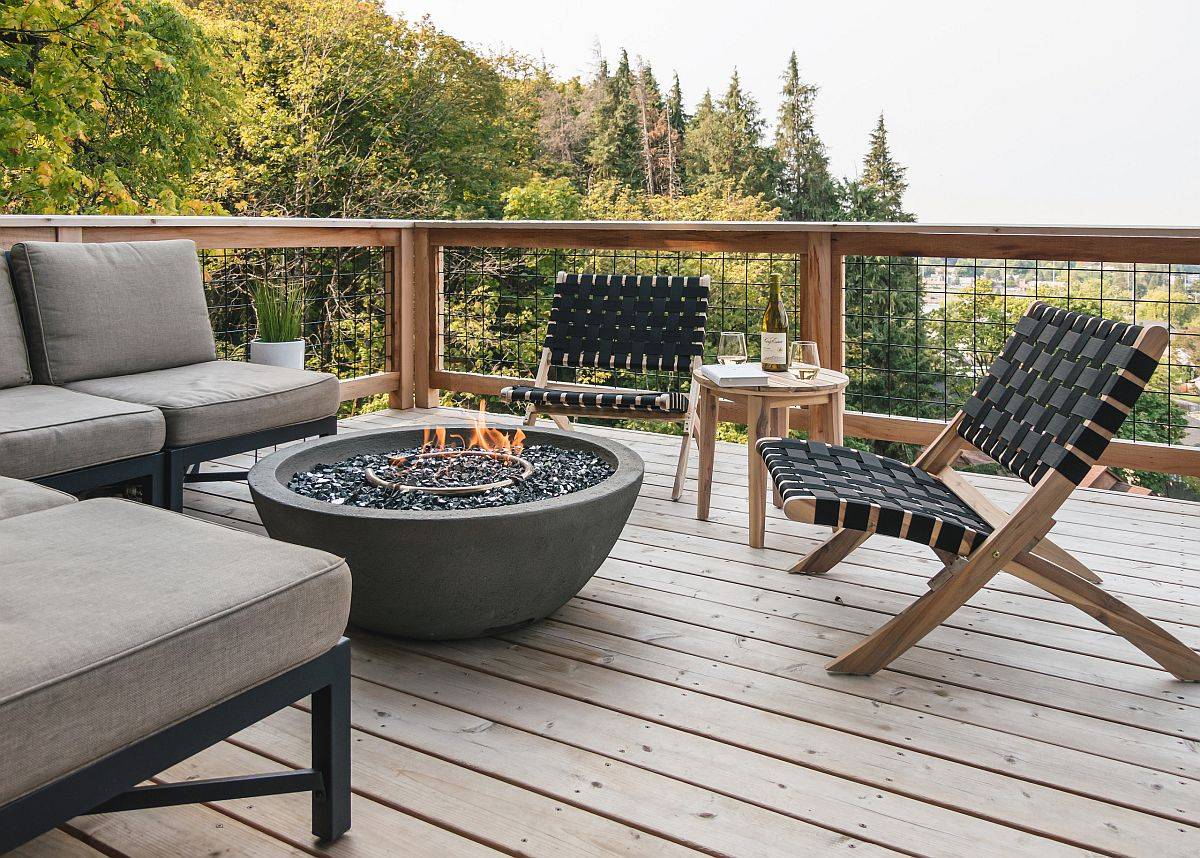
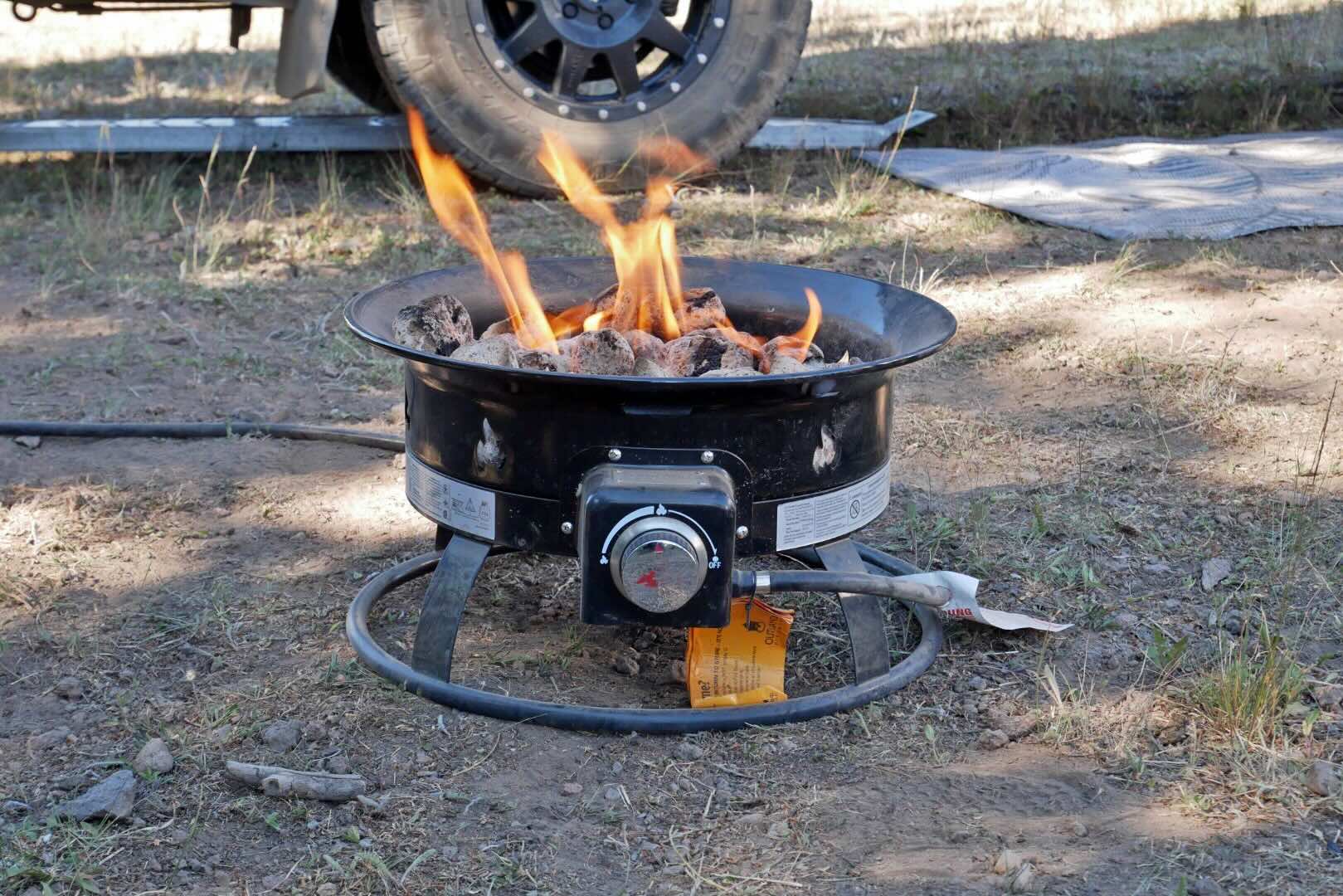
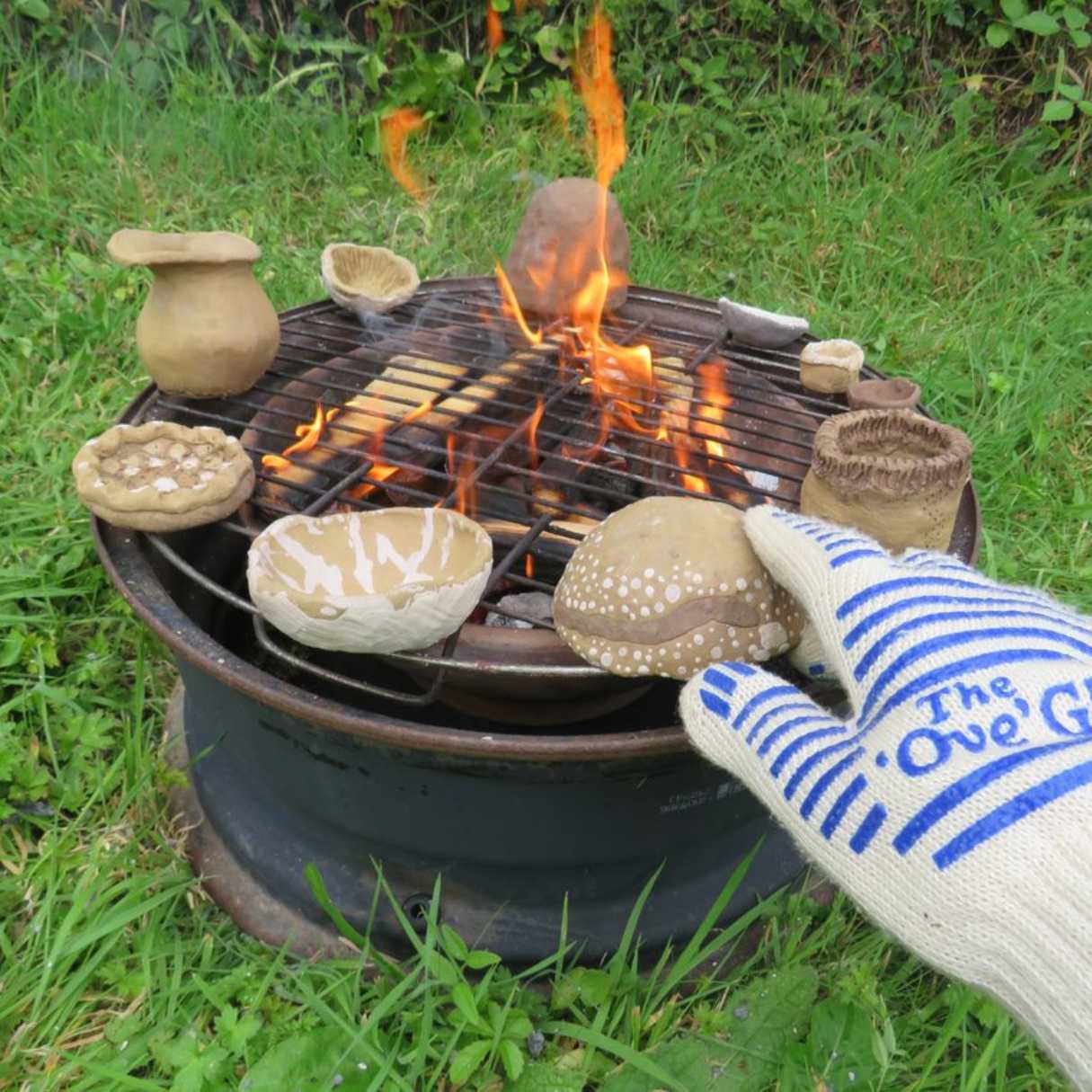
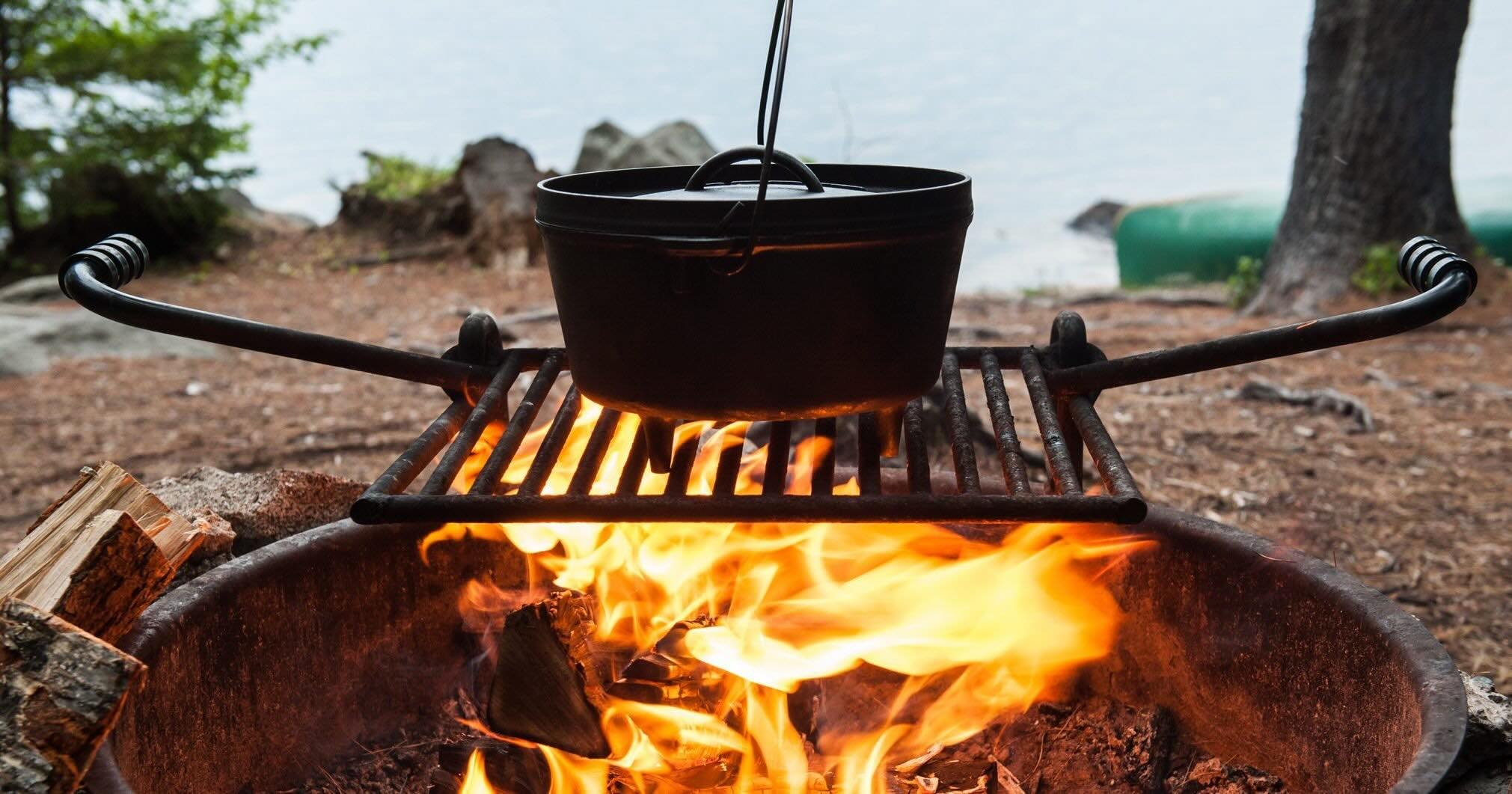

0 thoughts on “How To Burn Wood In A Fire Pit”